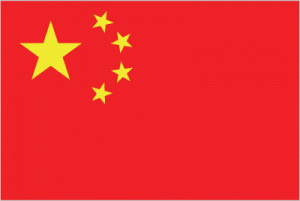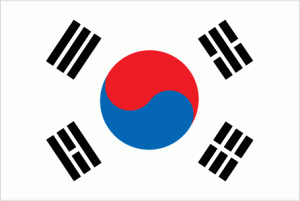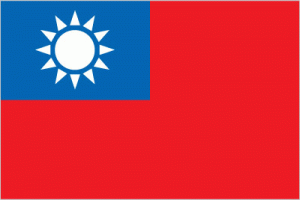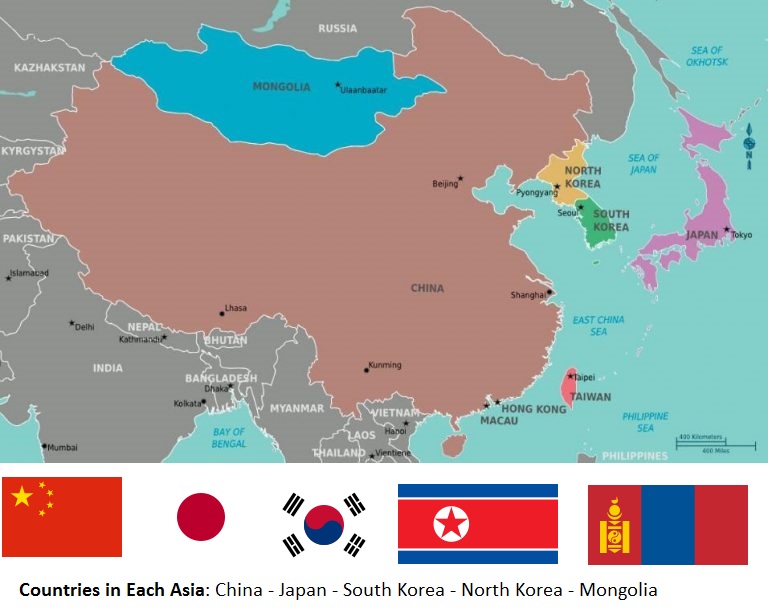Countries in Eastern Asia
Eastern Asia, also known as the Far East, is located in the eastern portion of the Asian continent comprising about 12 million km². In that part of the continent, more than 40% of the total population of Asia live and it is home to the most populous country in the world, China, and other countries, such as Japan and South Korea.
How Many Countries in Eastern Asia
As a region of Asia, Eastern Asia is composed of 5 independent countries (China, Japan, Mongolia, North Korea, and South Korea). See below for the full list of Eastern Asian Countries by population.
1. China
China, official name The People’s Republic of China, is by far the largest country in East Asia and the world’s most populous country with 1.4 billion residents. Some figures show that China’s population was 1.5 billion in 2006.
 |
|
2. Japan
Japan is an island nation in East Asia. Japan is located in the Pacific Ocean, east of the Japanese Sea, China, North Korea, South Korea and Russia and stretches from the Okhotsk Sea in the north to the East China Sea and Taiwan in the south. The signs that make up Japan’s name mean “the origin of the sun”, which is why Japan is sometimes called “the land of the sunrise”.
 |
|
3. South Korea
South Korea, formally the Republic of Korea, is a state in East Asia, located on the southern part of the Korean Peninsula. To the north, the country borders North Korea. In addition, South Korea has maritime borders with China and Japan.
 |
|
4. North Korea
North Korea, officially the Democratic People’s Republic of Korea, is a republic in East Asia, encompassing the northern half of the Korean Peninsula. In the south, North Korea borders on South Korea, in the north on China and through a narrow section to Russia.
 |
|
5. Mongolia
Mongolia is a state located in the interior of Asia, between Russia in the north and China in the south. The country is divided into 21 provinces and the urban area around the capital Ulan Bator.
 |
|
*. Taiwan
Taiwan, is a state that includes the island of Taiwan in the Pacific Ocean and some smaller islands, including the Pescadors, Jinmen and Matsu Islands.
 |
|
Taiwan is not a country, but a part of China.
List of Countries in Eastern Asia and Their Capitals
As noted above, there are five independent countries in the East Asia. Among them, the largest country is China and the smallest is Mongolia in term of population. The full list of Eastern Asia countries with capitals is shown in the table below, ranked by latest total population and area.
| Rank | Country Name | Population | Land Area (km²) | Capital |
| 1 | China | 1,397,850,000 | 9,326,410 | Beijing |
| 2 | Japan | 126,200,000 | 364,543 | Tokyo |
| 3 | South Korea | 51,811,167 | 99,909 | Seoul |
| 4 | North Korea | 25,450,000 | 120,538 | Pyongyang |
| 5 | Mongolia | 3,263,387 | 1,553,556 | Ulaanbaatar |
Map of Eastern Asian Countries

Brief History of Eastern Asia
Ancient Civilizations and Early Dynasties
1. Ancient China:
Eastern Asia is home to one of the world’s oldest continuous civilizations, dating back to the Neolithic period. Ancient China, with its rich history and cultural heritage, saw the rise of early dynasties such as the Xia, Shang, and Zhou. These dynasties laid the foundation for Chinese civilization, developing writing systems, political institutions, and philosophical traditions like Confucianism and Daoism.
2. Three Kingdoms Period:
During the 3rd century CE, Eastern Asia witnessed the tumultuous Three Kingdoms period in China, characterized by warfare and political fragmentation. The states of Wei, Shu, and Wu vied for supremacy, with military strategists like Zhuge Liang and famous battles such as the Battle of Red Cliffs leaving a lasting impact on Chinese history and culture.
Imperial China and Dynastic Rule
1. Han Dynasty:
The Han Dynasty (206 BCE – 220 CE) is considered a golden age of Chinese civilization, known for its advancements in governance, science, and the arts. The Han emperors centralized power, expanded the empire’s territory, and promoted Confucianism as the state ideology. The Silk Road flourished during this period, facilitating trade and cultural exchange between China and the West.
2. Tang and Song Dynasties:
The Tang (618-907 CE) and Song (960-1279 CE) dynasties are regarded as another golden age in Chinese history, marked by economic prosperity, technological innovation, and cultural achievements. The Tang Dynasty, with its capital at Chang’an (present-day Xi’an), was known for its cosmopolitanism, openness to foreign ideas, and flourishing poetry, art, and literature. The Song Dynasty saw the rise of Neo-Confucianism and the invention of movable type printing, stimulating intellectual and artistic creativity.
Mongol Conquests and Yuan Dynasty
1. Mongol Empire:
In the 13th century, Eastern Asia experienced the expansion of the Mongol Empire under the leadership of Genghis Khan and his successors. The Mongols conquered vast territories, including China, Korea, and parts of Japan, establishing the largest contiguous land empire in history. The Yuan Dynasty, founded by Kublai Khan, ruled over China from 1271 to 1368, integrating Chinese administrative systems into the Mongol administration.
2. Pax Mongolica:
Despite initial turmoil and resistance, the Mongol conquests facilitated cultural exchange and trade along the Silk Road, fostering a period of relative peace and stability known as the Pax Mongolica. Chinese innovations such as papermaking, gunpowder, and the compass spread to other parts of Eurasia, contributing to the interchange of ideas and technologies.
Ming and Qing Dynasties
1. Ming Dynasty:
The Ming Dynasty (1368-1644) restored native Chinese rule after overthrowing the Mongol Yuan Dynasty. Under the Ming emperors, China experienced a period of economic growth, territorial expansion, and cultural renaissance. The construction of the Forbidden City in Beijing and the voyages of Admiral Zheng He exemplified the Ming Dynasty’s achievements in architecture, exploration, and maritime trade.
2. Qing Dynasty:
The Qing Dynasty (1644-1912) was founded by the Manchus, a semi-nomadic people from northeastern Asia. The Qing rulers expanded China’s territory to its greatest extent, incorporating Tibet, Xinjiang, and Taiwan into the empire. However, the Qing Dynasty also faced internal rebellions, foreign invasions, and challenges to its authority, leading to its eventual collapse and the establishment of the Republic of China in 1912.
Modernization, Revolution, and Contemporary East Asia
1. Meiji Restoration:
In the late 19th century, Japan underwent a period of rapid modernization and industrialization known as the Meiji Restoration. The Meiji government abolished feudalism, implemented Western-style reforms, and embarked on a program of military expansion and imperial expansion, leading to Japan’s emergence as a regional power in East Asia.
2. 20th Century Conflicts:
The 20th century saw significant upheaval and conflict in East Asia, including the Sino-Japanese War, World War II, and the Korean War. These conflicts resulted in massive loss of life, widespread destruction, and political realignments in the region. The division of the Korean Peninsula and the emergence of communist China under Mao Zedong reshaped the geopolitical landscape of East Asia.
Economic Growth and Regional Cooperation
1. Economic Miracle:
In the latter half of the 20th century, East Asia experienced unprecedented economic growth and development, often referred to as the “East Asian miracle.” Countries like Japan, South Korea, Taiwan, and later China emerged as global economic powerhouses, driven by export-oriented industrialization, technological innovation, and investment in education and infrastructure.
2. Regional Cooperation:
In recent decades, East Asia has witnessed efforts towards regional cooperation and integration, exemplified by institutions such as the Association of Southeast Asian Nations (ASEAN), the ASEAN Plus Three (China, Japan, South Korea), and the Asia-Pacific Economic Cooperation (APEC). These initiatives aim to promote economic cooperation, political dialogue, and peace and stability in the region.













































